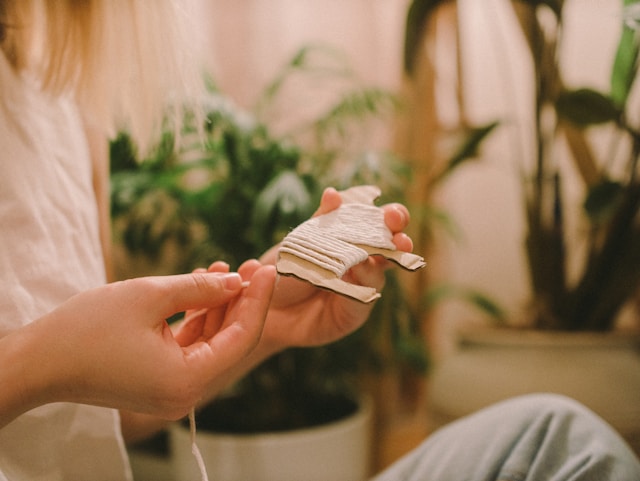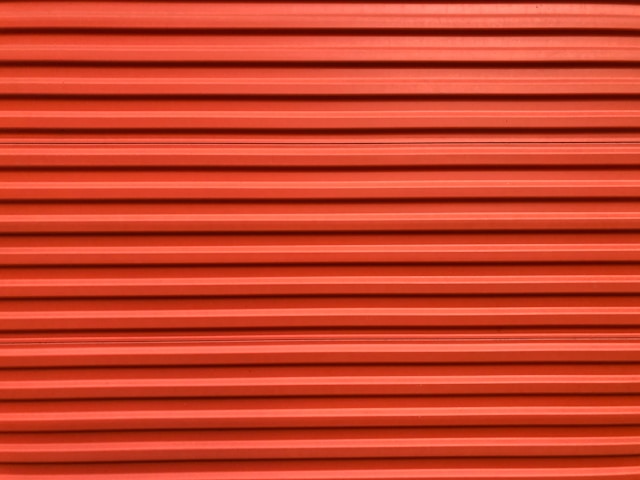Optimizing Self-Storage for Artists and Crafters

As an artist or crafter, you know how quickly supplies can pile up, turning your creative space into a cluttered mess. Optimizing self-storage isn’t just about finding extra space; it’s about creating an organized, efficient environment where you can easily access your materials. With the next generation of self-storage facilities offering climate control, security, and accessibility, there’s no reason not to take advantage of these options to enhance your workflow.
What Are Your Storage Needs?
Before diving into optimizing self-storage, you need to understand your specific needs. Do you have large canvases, rolls of fabric, or boxes of small beads? It’s important to categorize your items by type and size. For instance, someone working with large canvases will need different storage solutions than someone who works with jewelry-making supplies.
Start by making a list of everything you need to store. Separate items into categories like “frequently used,” “seasonal,” and “rarely used.” This helps in prioritizing what needs to be easily accessible and what can be stored away for longer periods.

Choose the Right Storage Unit
Not all storage units are created equal. Consider factors like location, size, and features. If you live in a humid area, climate control is essential for protecting sensitive materials like paper and paint.
Access is also a big consideration. You don’t want to drive across town every time you need a new tube of paint. Choosing a facility close to your home or studio makes it easier to retrieve materials quickly. If you’re on a budget, look for facilities that offer promotions or discounts. The right unit will store your items and help keep your creative process flowing smoothly.
Prepare Your Items For Storage
When you decide to move your items to a storage unit, invest extra time in preparing your artwork for transport to ensure it arrives safely and undamaged. Start by cleaning and organizing everything, ensuring that materials like paints and canvases are stored properly to avoid damage. Use bubble wrap or protective padding for fragile items, and label all boxes clearly.
Create a Functional Workstation in Your Storage Unit
Why not take it a step further by setting up a small workstation within your storage unit? This can be particularly useful if your home or studio space is limited. A simple table and chair can turn a corner of your unit into a place where you can work on smaller projects.
Lighting is crucial. Consider using battery-operated LED lights or rechargeable lamps to brighten up your space. A well-lit workstation makes it easier to see what you’re doing and makes the space feel more welcoming.
Ventilation is another factor to consider, especially when working with paints or other materials with strong odors. Some of the best self-storage facilities even offer units with built-in ventilation, making them ideal for creative work.
How Will You Transport Your Items?
Moving your craft supplies to a storage unit can be tricky. That’s why Good Neighbors Moving Company Los Angelesadvises its customers always to turn to expert local movers for assistance. With the right movers on your side, you won’t have to worry about your items, especially if you’re afraid they might get damaged in transport or when placed in a storage unit.

Once you’ve chosen a unit, the next step is to prepare your items for self-storage in a way that makes them easy to find and use. Start by investing in clear bins and labeling everything. For example, keep all your painting supplies in one bin and your sewing supplies in another.
Organize Materials for Easy Access
Shelving is your friend here. Use adjustable shelves to accommodate different sizes of items. For smaller materials like beads or buttons, consider using stackable organizers with compartments. Pegboards and hanging racks can also help you maximize wall space, making it easier to store and see smaller items. The goal is to create a system where you can quickly grab what you need without digging through piles of materials.
Protect Your Art and Craft Supplies
Protecting your materials should be a top priority when optimizing self-storage for your art and craft supplies. Art supplies can be expensive, and improper storage can lead to damage, ruining your hard work and investment. This is especially true for items like paints, canvases, and delicate papers.
Climate control is essential for storing your valuable items safely. Extreme temperatures or humidity can warp canvases, dry out paints, and cause paper to become brittle. A storage unit with climate control helps maintain a consistent environment, keeping your supplies in good condition.
Incorporate Technology for Inventory Management
Keeping track of what you have in storage is easier than ever, thanks to modern technology. Using technology to manage your inventory can save you time and prevent you from buying duplicate supplies. Apps like Sortly or My Stuff allow you to photograph and catalog your items, making it easy to know exactly what you have stored and where it is.
Start by creating a simple inventory list. Each time you store or retrieve an item, update the list. This way, you’ll always have an up-to-date record of what’s in your unit. Here’s how technology can help in:
- Digital inventory apps: Use apps to photograph and catalog your items so you always know what’s in your storage unit.
- Barcode labeling: Attach barcodes to boxes or bins and scan them with your phone for quick access to your inventory list.
- Cloud storage: Keep your inventory list in the cloud so it’s accessible from any device, anywhere.
Tips for Seasonal or Rotational Storage
If you work on different projects throughout the year, seasonal storage can help you keep your space organized. For instance, holiday-themed crafts can be stored away until needed, freeing up space for current projects. Rotating your supplies based on season or project type is an effective way to keep your workspace clutter-free.
Create a system where seasonal items are stored in clearly labeled bins and are easily accessible when needed. Consider placing less frequently used items towards the back of the storage unit and moving them forward as the season approaches. This method ensures that you always have the right materials at hand without digging through everything you own.

Optimizing Self-storage Will Help You Get The Most Value
As you can see, optimizing self-storage for artists and crafters involves more than just finding a place to put your materials. Storing your valuable items safely requires time and thought, but you will be able to protect your investment in the long run. Taking these steps will not only protect your materials but also enhance your creative process, allowing you to focus on what you do best—creating.